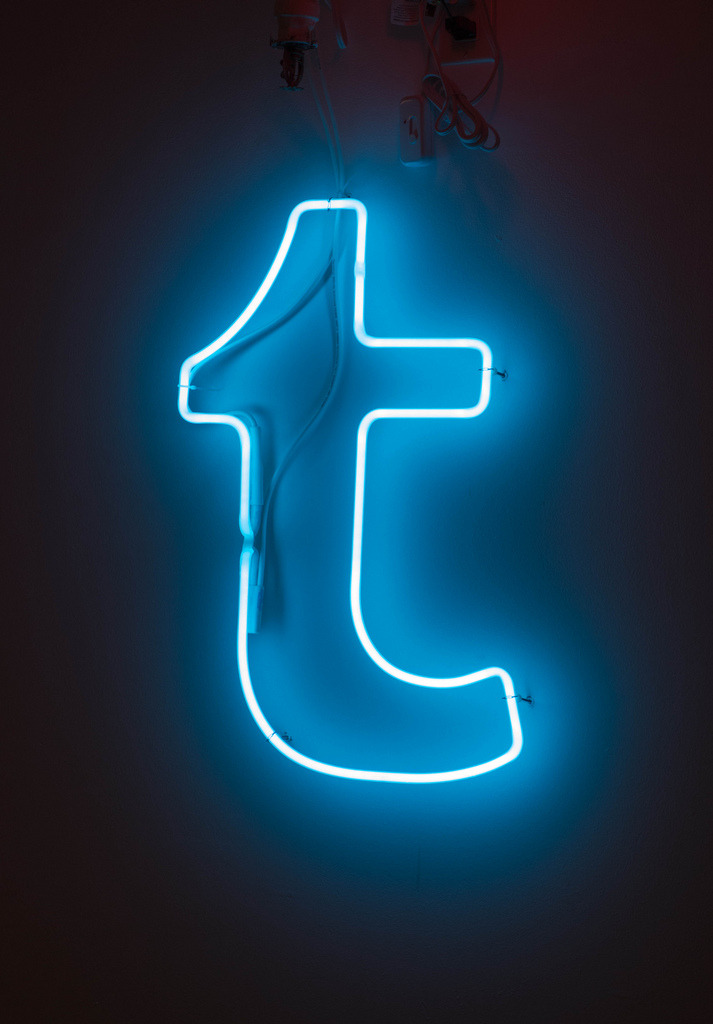Plantar
Fasciitis is a painful condition
that occurs when the plantar fascia becomes irritated or inflamed. It
is a common injury in the United States. A study has shown that more
than 2 million Americans are diagnosed and treated for plantar
fasciitis every year. The common symptoms of plantar fasciitis
include a sharp pain in the sole of the feet, especially when
standing immediately after waking up.
Most
cases can be resolved by applying the RICE method (Rest, Ice,
Compression, and Elevation) on the affected foot and allowing it to
rest. However, some cases of plantar fasciitis become severe and
people may need to go to a sports medicine clinic to receive
anti-inflammatory shots to reduce the pain. For particularly
troublesome cases, people have resorted to orthopedic surgery to cure
their ailment.
Seeing
as the majority of cases are caused by ill-fitting shoes and
strenuous walking, running, or jumping exercises, plantar fasciitis
can easily be prevented by avoiding the causes mentioned earlier.
People may also consult sports medicine specialists to learn
stretches and exercises that build the strength and reduce the stress
of the plantar fascia. Sports medicine can also diagnose and treat
plantar fasciitis caused by poor gait (the way a person moves on
foot).

